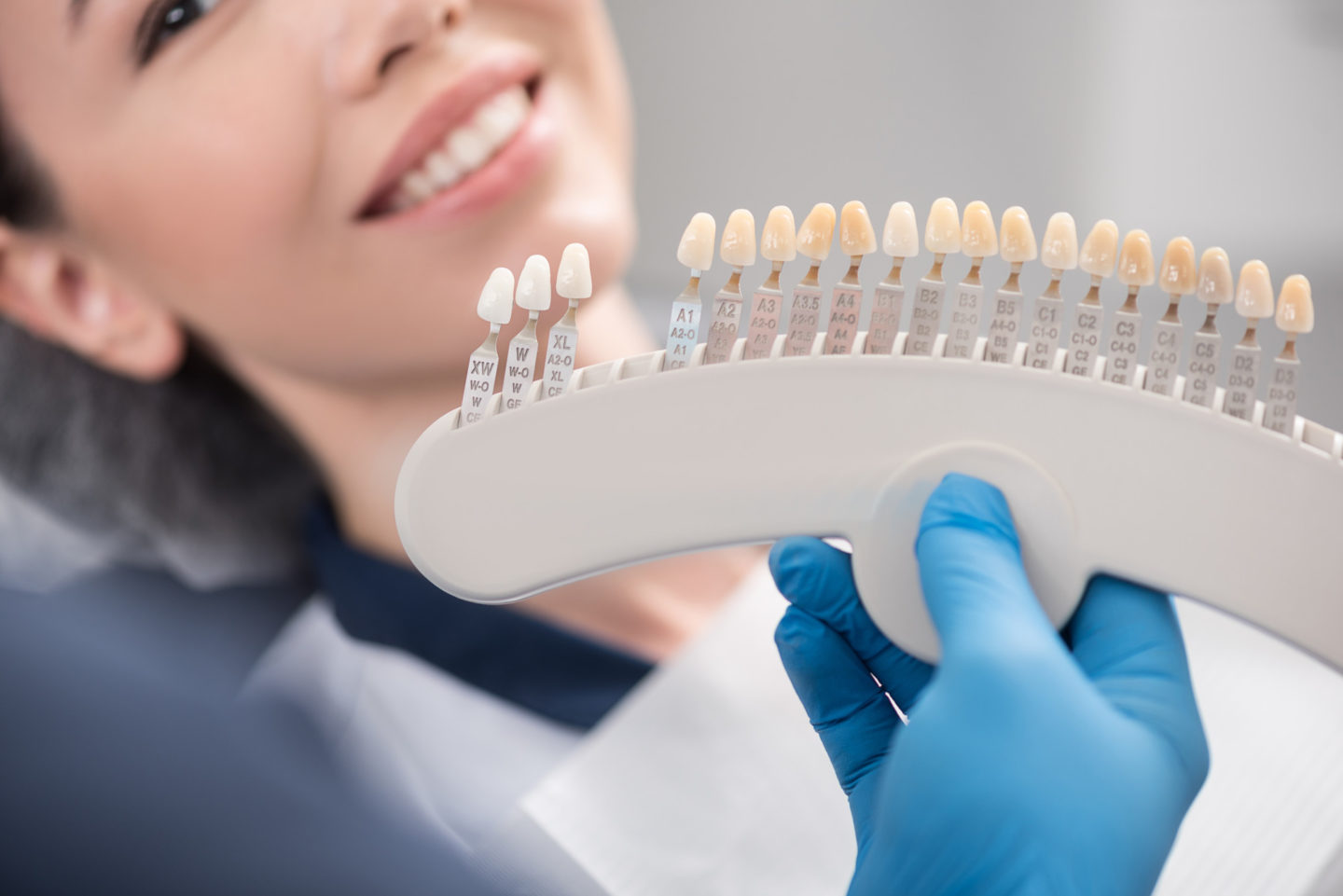
Your teeth are something that you can’t hide. No matter if you talk or smile, they’re going to show. The problem is, unattractive teeth cause a bit of insecurity for some people. In those cases, there is help available. A smile makeover is easier than ever these days, and tolerating an unsightly smile is a thing of the past.
Are you wondering how do veneers work? If so, this guide has the answers you’re looking for. Keep reading to learn more about the veneer process.
What Are Veneers?
Porcelain veneers are custom-made shells designed to cover the outer layer of your teeth. The shells are bonded to the teeth without altering the color, size, or shape. Veneers are a great way to get a new smile in a short amount of time without getting braces or teeth aligners.
What Dental Issues Does Porcelain Veneer Fix?
There are many dental issues that cause unattractive teeth. While veneers can’t fix every problem, here are the most common ones:
Genetics: Some people are born with an overbite, gaps, and other spacing between their teeth that can widen as they age.
Discoloration: If tooth discoloration is severe, traditional teeth whitening may not be completely effective. However, veneers provide an easy solution to getting white teeth in an instant.
Uneven Teeth: Uneven teeth can happen as a result of grinding or gnashing the teeth. As a result, it causes some people to not be able to bite correctly.
Weak Enamel: Tooth enamel wears over time and naturally becomes weak and dull. It happens as a result of drinking sodas, tea, coffee, or smoking. Luckily, veneers are great for hiding the effects of worn enamel.
Natural Deterioration: As you grow older, teeth naturally begin to have wear and tear. It’s normal to experience cracks, chips, or other cosmetic issues. Veneers provide a fresh, youthful look to deteriorating teeth.
How Do Veneers Work?
Before starting the dental veneers process, the dentist will schedule a consultation to speak with you about your expectations.
You will advise then on the shade, length, or color of the veneers that you prefer. This part of the porcelain veneer procedure is called the smile design process. It’s imperative that you be specific and straightforward about the look you’re going for.
Furthermore, the doctor will give you other alternatives to veneers. The veneer process involves tooth preparation that is irreversible. If you’re not comfortable with that, there are more options available.
Here’s a breakdown of the procedure:
Teeth Trimming
The first step in the veneer process is teeth trimming.
The dentist must trim the area around the tooth to adjust the enamel. This step allows the veneer to properly stay in place. Also, if you have fillings in your teeth the tooth trimming process removes those as well.
The amount that’s trimmed varies from person to person, but generally, 5 to 7 millimeters is taken off.
Furthermore, a sedative is not always required while undergoing the procedure.
The only time it’s required is if the veneers have to go beneath the gum line. The gums are a sensitive area and can cause pain, so a sedative is used. You can also request one if you are uncomfortable or have a fear of the dentist.
Teeth Impression
Once their teeth are trimmed, the next step in the veneer teeth process is the impressions. This step includes taking a mold of your teeth and gums to create an image of your jaw. It helps the dentist to properly structure the veneers in your mouth.
Evaluating the Fit
After the veneers are created, the dentist puts them in place to determine the perfect fit. T
his part of the process could require removing and trimming the veneer multiple times to ensure accuracy. The dentist will also ask you to close your mouth, bite down, or move your lips around to see if there is any discomfort. If there is, it’s important to let the dentist know so the veneers are fixed.
It could take a week or two for the veneers to be prepared. During this time, you may be able to get temporary veneers until the permanent ones are ready.
Bonding Time
After everything has been shaped and altered for the right fit, it’s time to bond the veneers to each tooth. Before starting, the surface of the veneer and you’re natural tooth are polished.
An acid gel is applied to the surface of the tooth for about 20 seconds. This step creates a surface that allows the veneer to attach to your original tooth. The gel is then washed off and a bonding agent is used on the veneer to tighten the bond.
Next, the shade that you chose for your teeth is put inside of the veneer and a blue light is beamed on the veneer for one minute to solidify the bonding. After everything is complete, the dentist will clean and floss your teeth for a final touch.
Say Cheese: Ready for a Smile Makeover?
Now that you read the information above, you can stop asking yourself how do veneers work. Hopefully, this guide is helpful to you and you’re one step closer to starting your porcelain veneer procedure. You won’t regret making the decision!
If you’re in need of cosmetic dentistry, we’re here to help. Our office is located in Burbank California and we provide multiple dental services from teeth whitening to veneers.
If you have any questions, feel free to contact us. We look forward to helping you enhance your smile!

